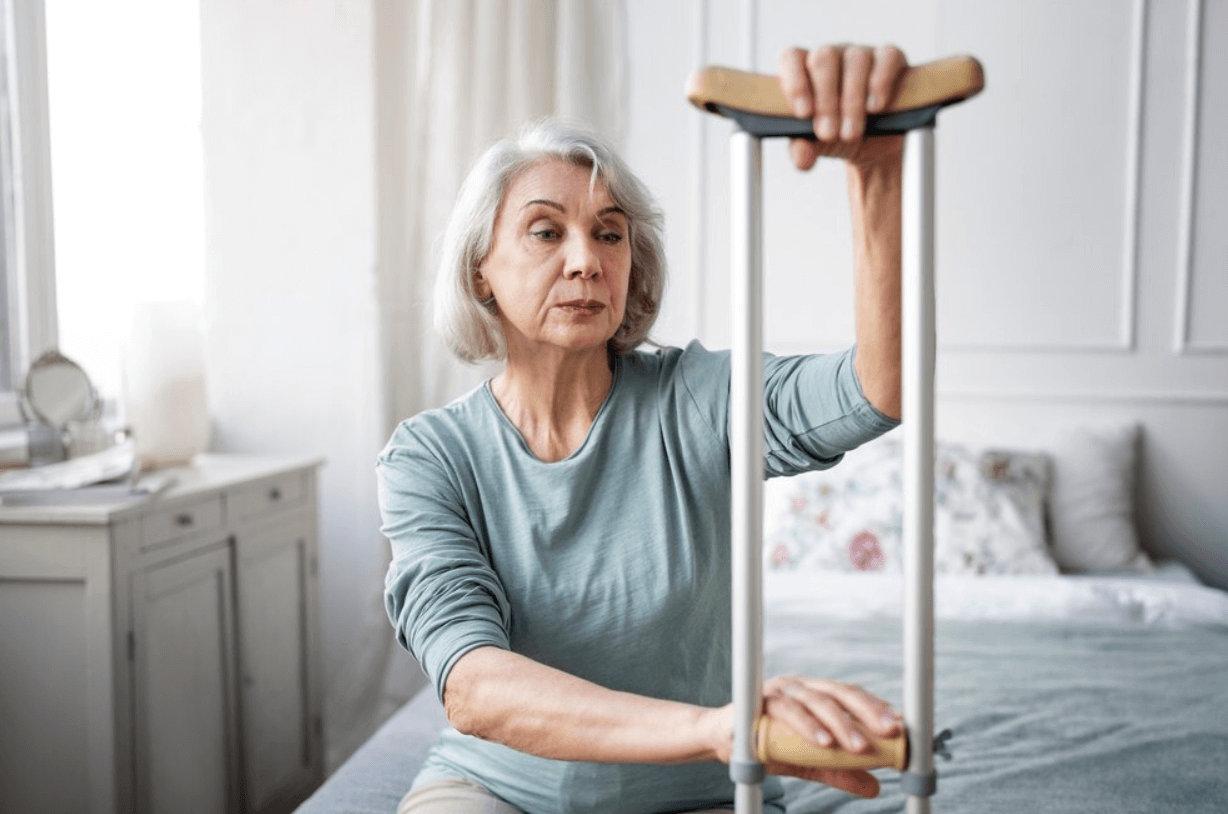Knee osteoarthritis (OA) is a degenerative joint disorder characterized by the breakdown of cartilage in the knee joint. It is a leading cause of pain and disability, affecting millions of people worldwide. Interestingly, knee OA exhibits a clear gender disparity, with females experiencing a higher prevalence compared to males. This article delves into the reasons behind the increased incidence of knee OA in females, examining various factors that contribute to this gender discrepancy.
Hormonal Factors
Hormonal factors play a significant role in the gender disparity observed in knee OA. Estrogen, the primary female sex hormone, has been linked to cartilage metabolism and inflammation. During menopause, when estrogen levels decline, women may experience an acceleration in the progression of knee OA. Additionally, evidence suggests that hormonal fluctuations during the menstrual cycle can affect knee symptoms and pain sensitivity in women, potentially exacerbating the development of OA.
Biomechanical Differences
Biomechanical differences between males and females contribute to the increased prevalence of knee OA in women. Females often exhibit distinct lower limb alignment and joint laxity, which can lead to altered joint mechanics and increased stress on the knee joint. The wider pelvis in females alters the alignment of the femur, resulting in an increased Q angle—an angle formed by the quadriceps muscles and the patellar tendon—which can predispose women to abnormal patellar tracking and subsequent cartilage damage.
Socioeconomic and Behavioural Factors
Socioeconomic and behavioural factors also play a role in the gender disparity of knee OA. Women tend to engage in occupations or activities that involve repetitive knee motions or kneeling, placing them at a higher risk of developing OA. Additionally, differences in body weight distribution between men and women may contribute to the increased prevalence in females. Women commonly have a higher percentage of body fat and distribute weight around the hips and thighs, which can increase stress on the knee joints.
Genetic Predisposition
Genetics may contribute to the higher prevalence of knee OA in females. Several studies have identified specific genetic variations associated with an increased risk of developing knee OA. It is possible that these genetic factors interact with hormonal and biomechanical factors, further exacerbating the susceptibility of females to the disease. Further research is needed to fully understand the complex interplay between genetics and other contributing factors in the gender disparity of knee OA.
Conclusion
The gender disparity in knee osteoarthritis is a multifactorial issue, with various factors contributing to the increased prevalence in females. Hormonal influences, biomechanical differences, socioeconomic and behavioural factors, as well as genetic predisposition, all play a role in this discrepancy. Understanding these factors is crucial for developing targeted prevention strategies and personalised treatment approaches. By addressing the specific needs and risk factors of females, healthcare providers can strive to reduce the burden of knee OA and improve the quality of life for all individuals affected by this condition.
Banner Image by Freepik.com


